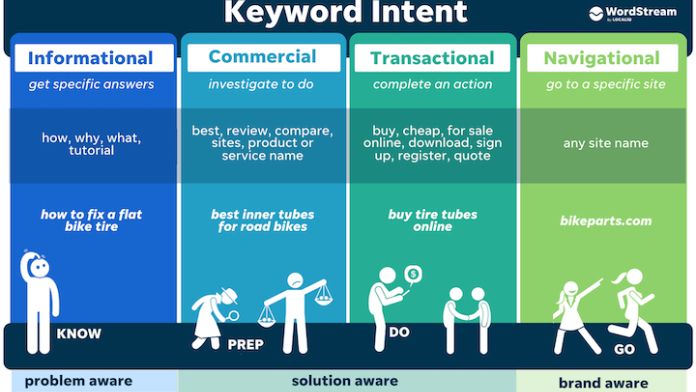what is Chat GPT?
ChatGPT is a language model developed by OpenAI, designed to be able to converse with people in a human-like way. It was trained on a large dataset of text using a deep learning algorithm called GPT (Generative Pre-trained Transformer) to learn patterns in language and generate human-like responses to a wide range of inputs. As a result, ChatGPT can answer questions, carry on a conversation, and even provide helpful advice on various topics.
Service of chat GPT
As an AI language model, ChatGPT provides a variety of services that can assist and support users in various ways. Some of the common services that ChatGPT provides include:
Answering questions: ChatGPT can answer a wide range of questions on various topics, including general knowledge, science, history, entertainment, and more.
Offering advice: ChatGPT can provide helpful advice on a range of topics, such as health and wellness, relationships, career, and personal development.
Generating content: ChatGPT can help generate content for various purposes, such as writing prompts, social media posts, or email responses.
Language translation: ChatGPT can translate text from one language to another, making it easier to communicate with people who speak a different language.
Chatting and conversation: ChatGPT can carry on a conversation with users and engage in small talk, providing entertainment and companionship.
These are just a few examples of the services that ChatGPT can provide. Its capabilities are continually improving, and it can adapt to various tasks and functions as needed.
Will ChatGPT help students cheat better?
No, ChatGPT is not designed or intended to assist students in cheating or engaging in any form of academic dishonesty. In fact, using ChatGPT or any other AI-powered tool to cheat on assignments or exams is unethical, and dishonest, and can have serious consequences for the student involved.
It's important for students to develop their knowledge and skills through honest, hard work and study. Cheating undermines the learning process and can result in a lack of understanding of the subject matter, which can have long-term negative consequences.
As an AI language model, ChatGPT can be a valuable resource for students to learn and explore new topics, to clarify doubts and gain a better understanding of complex concepts. It's important for students to use ChatGPT and any other online resources in an ethical manner and with integrity.
Can teachers spot ChatGPT use?
It depends on how the student is using ChatGPT. If a student is using ChatGPT to generate ideas or to clarify their understanding of a topic, it may be difficult for a teacher to spot it. However, if a student is using ChatGPT to complete an assignment or exam without doing any work themselves, there is a higher likelihood that a teacher may notice.
Teachers are typically experienced in recognizing when a student's work doesn't match their usual level of ability or style of writing. They may also use plagiarism detection software to identify text that has been copied and pasted from online sources, including content generated by ChatGPT.
In short, if a student is using ChatGPT to learn and improve their understanding, it is unlikely that a teacher would be able to detect it. However, if a student is using ChatGPT to cheat, there is a risk of being caught, and the consequences can be severe, including failing the assignment or course, and even disciplinary action.
limits of ChatGpt
While ChatGPT is a highly advanced AI language model, it still has certain limitations. Some of the key limitations of ChatGPT include:
Limited understanding of context: ChatGPT is designed to generate responses based on the text it has been trained on. However, it may not always understand the context or nuances of a particular conversation, leading to inaccurate or irrelevant responses.
Lack of real-world experience: ChatGPT has not experienced the world in the way that humans have, so it may have a different level of understanding of the complexities of social, emotional, or cultural issues that humans have.
Inability to generate original thoughts: While ChatGPT can generate human-like responses to a wide range of inputs, it is not capable of generating entirely original thoughts or ideas in the same way that humans can.
Biased output: Like any machine learning model, ChatGPT can be biased based on the data it was trained on. This means that it may generate biased or problematic responses, particularly on sensitive or controversial topics.
Inability to interpret non-text inputs: ChatGPT is designed to process and generate responses based on text input. It is not capable of understanding or responding to non-text inputs, such as images or audio.
It's important to keep in mind the limitations of ChatGPT when using it, and to always approach its output with critical thinking and a discerning eye. While ChatGPT can be a valuable tool, it is not a substitute for human expertise or real-world experience.
Features of ChatGpt
As an AI language model, ChatGPT has several features that make it a powerful tool for generating human-like responses and engaging in natural language conversations. Some of the key features of ChatGPT include:
Large language model: ChatGPT is a large language model that has been trained on a massive dataset of text, allowing it to generate human-like responses on a wide range of topics.
Conversational ability: ChatGPT is designed to engage in natural language conversations with users, using a deep learning algorithm to understand and respond to a wide range of inputs.
Multi-task learning: ChatGPT is capable of performing a wide range of tasks, such as question answering, language translation, summarization, and more, all from the same model.
Continual learning: ChatGPT can continue to learn and improve its performance over time, by incorporating new data and feedback from users.
Flexibility: ChatGPT can adapt to various tasks and functions as needed, making it a versatile tool for a wide range of applications.
Natural language generation: ChatGPT is capable of generating natural-sounding text, making it an ideal tool for content generation and writing assistance.
These are just a few of the many features of ChatGPT that make it a powerful and valuable tool for natural language processing and conversation. As technology advances and machine learning algorithms continue to improve, the capabilities of ChatGPT and other language models will likely continue to evolve and expand in exciting new ways.
.jpg)



Comments
Post a Comment